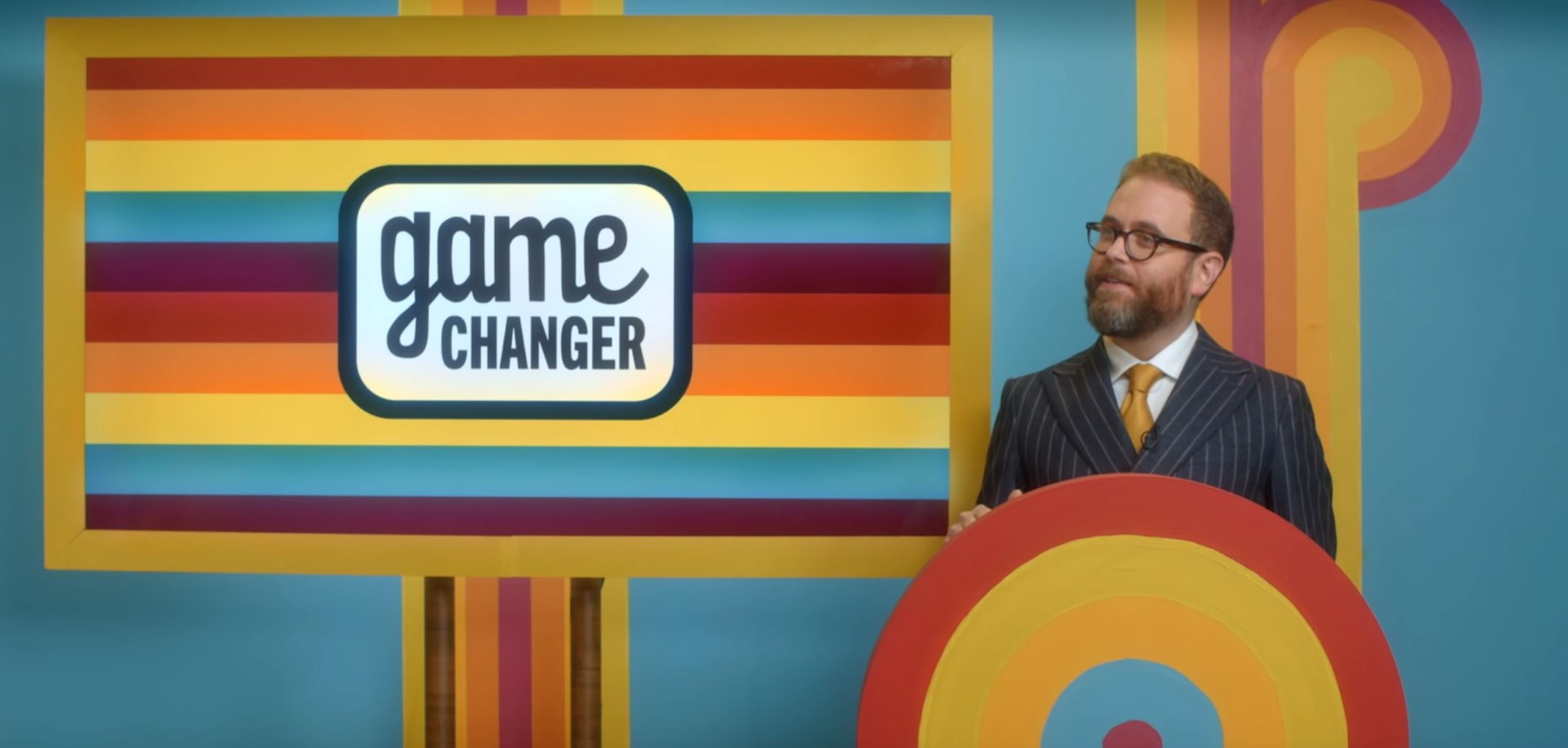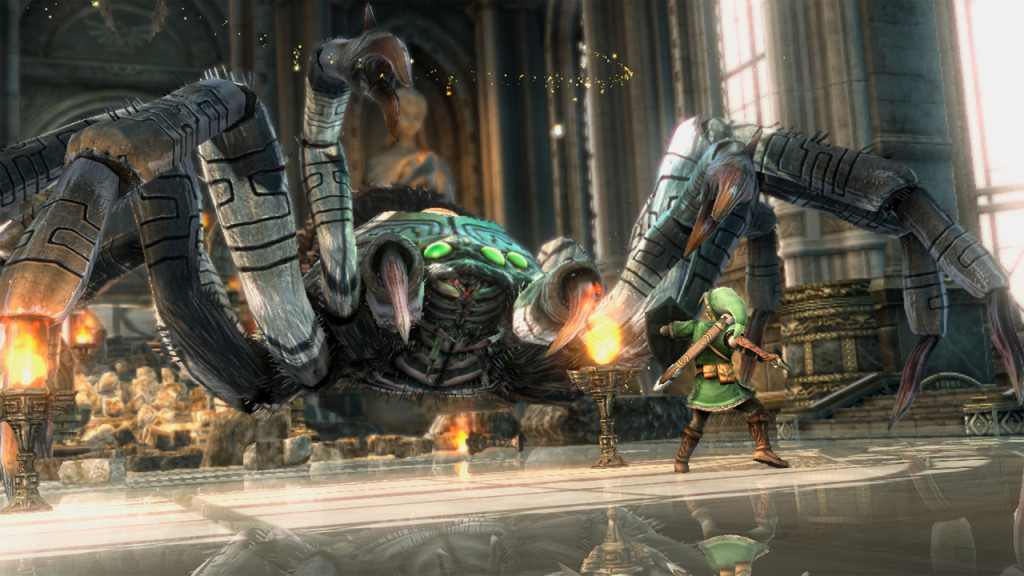
A long time ago in a Hollywood backlot…
By Adam Tatelman, Staff Writer
Whether J. J. Abrams’ new Star Wars film, The Force Awakens, is good, bad, or average doesn’t really matter. It’s Star Wars, which means it’s going to get butts in seats regardless. It’s practically a generational tradition at this point, an obligation to some. But it wasn’t always that way.
In 1977, Star Wars stood alongside Jaws as the first summer blockbusters in Hollywood history. A new market was ripe for the picking: thousands of teenagers across North America had disposable income of their own, and they built their identity around the new and exciting films of the time. Their money was the most powerful vote they could have given. In a way, Star Wars is largely responsible for the filming cycle and summer release hotspots that Hollywood still uses today.
I can’t think of any franchise that has moved more merchandise than Star Wars over the last 39 years on the strength of its brand alone. With the release of The Empire Strikes Back in 1980 and Return of the Jedi in 1983, creator George Lucas set the foundations of a marketing empire that has rarely been equaled. While there were tie-in toys and such for the first film, it wasn’t until the sequels were released that the momentum built in earnest. Even without Star Wars films in theatres, the brand moves roughly $2 billion during a slow year, according to Bloomberg Business.
This surge led to the Expanded Universe, a massive collection of side stories that took place between the films and after Return of the Jedi. These stories brought Star Wars to the cartoon, comic book, novel, and video game mediums. Ninety per cent of it wasn’t great, but many of the details fleshed out the history of the Star Wars universe, priming the stage for a new trilogy—and more millions on the horizon for Lucasfilm Limited.
Put yourself in the shoes of a Gen X-er. You grew up in awe of Luke Skywalker, Han Solo, and Leia Organa adventuring on the big screen. Those films were your fairy tales—in space! But then in 1999, when you have kids of your own, suddenly a new Star Wars film appears. New characters and old friends alike revive all your childhood fantasies! You want to recapture the sentimental feeling those old films gave you. You want to share it with your own children, just like your parents shared the rollicking monochrome exploits of Buck Rogers and Flash Gordon with you. Thus, a generational tradition was born.
Over a decade after the fact, fans young and old still argue over whether or not the prequel trilogy’s bombastic CGI effects managed to capture the whimsical energy of the originals, and they will likely never stop. I guarantee that Lucas doesn’t care because we still went to see them regardless. The prequel films’ success put them on Disney’s radar, and now we’ve got The Force Awakens to share with our younger siblings.
Despite his objections against the Expanded Universe, Abrams freely adapts elements from them into The Force Awakens. This is why he’s the king of empty nostalgia. He doesn’t have any original ideas, but he knows how to adapt proven formulas for mass appeal. Just look at his film Super 8 and try to tell me it’s not E.T. with a new coat of paint.
The Force Awakens is full of goofy references to the earlier films, John Williams’ brass tones, aging stars, and old-school effects—not for authenticity’s sake, but to capitalize on the rift the prequel trilogy created. Abrams knows popular opinion is that the older films were better, so he imitates their style to curry favour and keep the tradition alive. As a result, The Force Awakens is essentially just a remake of A New Hope.
Star Wars has always been full of wretched dialogue, pacing problems, and gratuitous action. But its simple moralistic charm has survived generations, much like the narrative within the films. There’s every reason to assume that we will be sharing the inevitable episodes X, XI, and XII with our own children come Generation Z.
Star Wars is here to stay, so we might as well enjoy the show.

